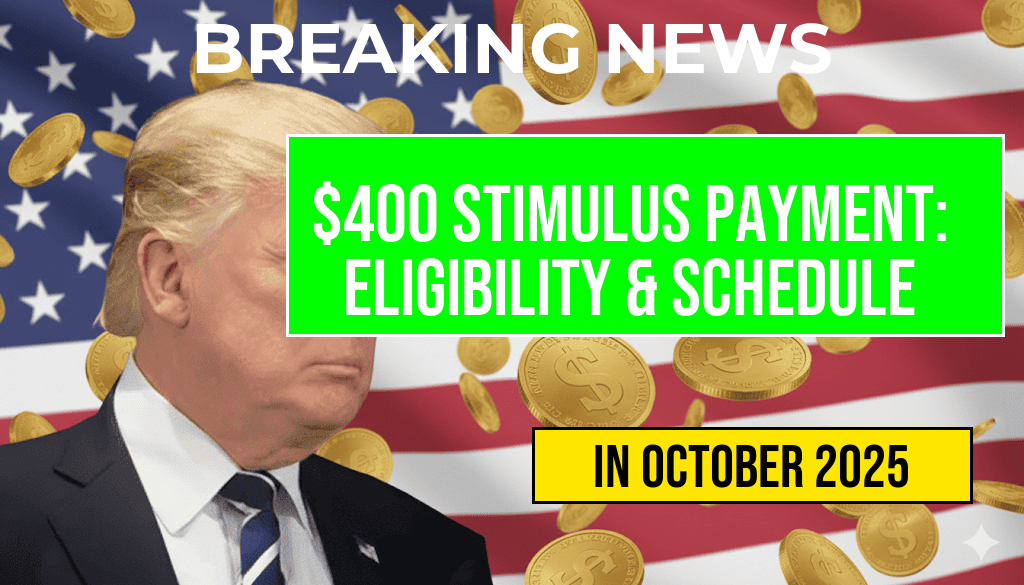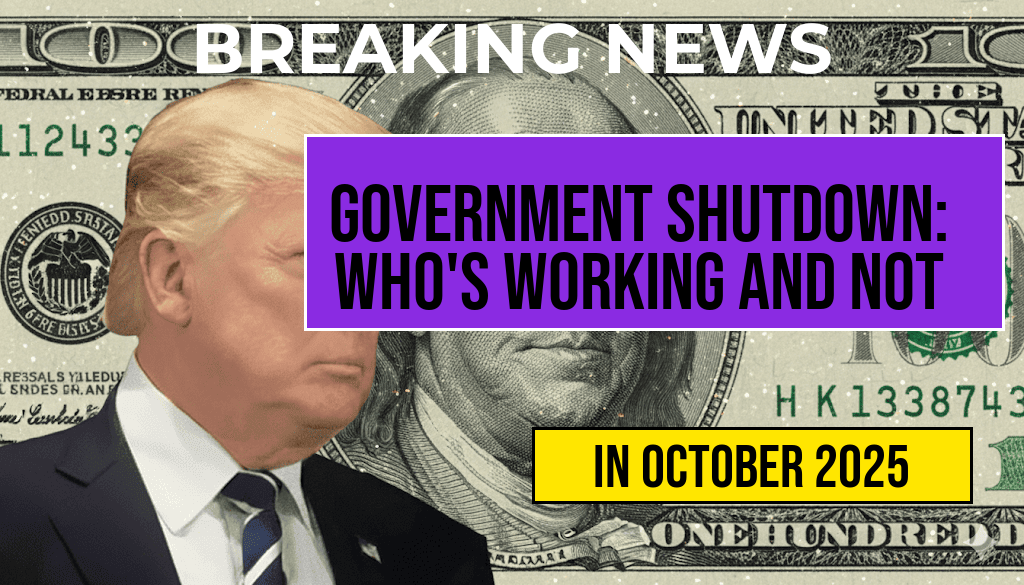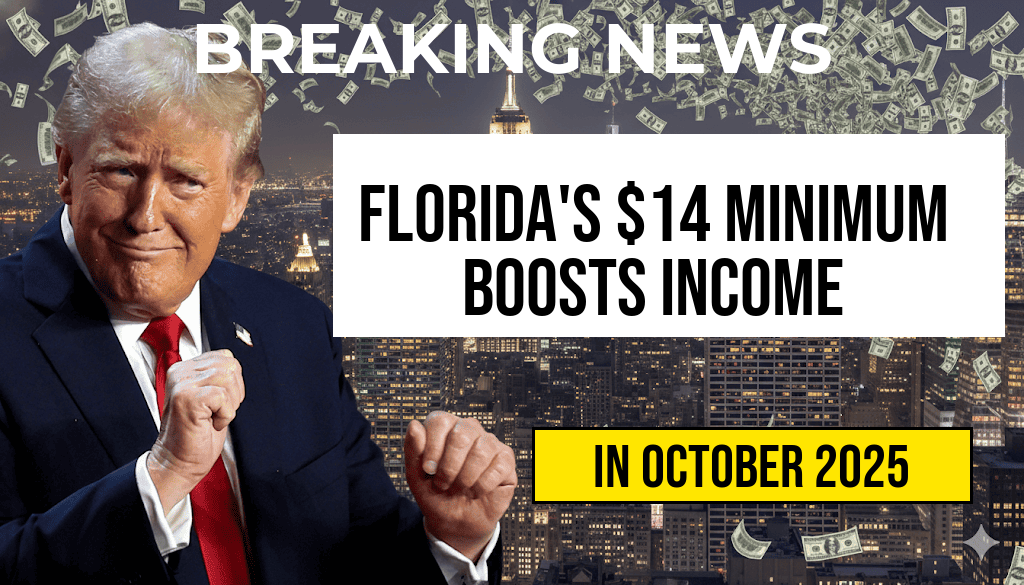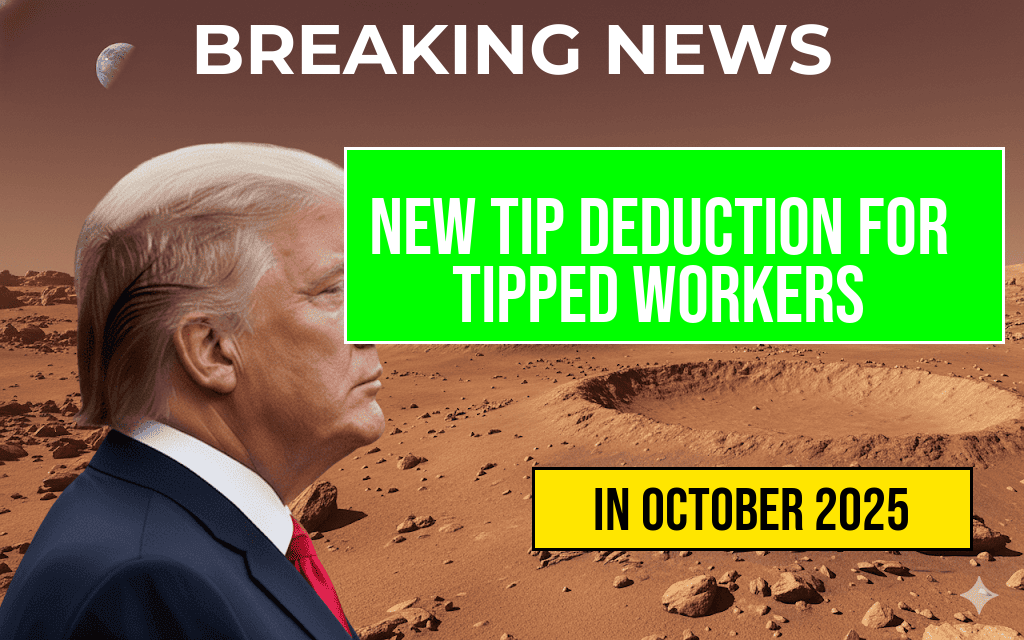A new federal stimulus initiative is providing $400 payments to eligible individuals across the United States, aiming to offer financial relief amid ongoing economic challenges. The program, announced by federal authorities, is designed to support low- and middle-income households, with eligibility criteria tailored to ensure assistance reaches those most in need. The payments are scheduled to be distributed over several months, with specific eligibility requirements and a detailed payment timetable established to streamline distribution. This initiative is part of broader federal efforts to stimulate economic activity and aid families navigating inflationary pressures and rising living costs. Eligible recipients are encouraged to review the official guidelines carefully and prepare necessary documentation to ensure timely receipt of funds.
Who Qualifies for the $400 Stimulus Payment?
Eligibility Criteria
- Income Limits: The program targets households earning less than $75,000 annually for individuals and $150,000 for married couples filing jointly.
- Filing Status: Taxpayers must have filed a federal income tax return for the previous year or meet specific filing requirements outlined by the IRS.
- Residency: Applicants must be residents of the United States, including U.S. territories, with proof of residency required in some cases.
- Age: Payments are available to individuals aged 18 and older, with certain provisions for dependent children and qualifying seniors.
- Additional Requirements: Some states and local agencies may impose supplementary criteria, such as proof of employment or participation in specific assistance programs.
Excluded Groups
- High-Income Earners: Individuals with incomes exceeding the set thresholds are ineligible for the direct payments.
- Non-Residents: Non-residents or undocumented immigrants typically do not qualify unless explicitly specified.
- Federal Employees: Certain federal employees or contractors may be excluded depending on their employment status and income level.
How and When Will the Payments Be Distributed?
| Payment Phase | Distribution Date | Eligibility Deadline |
|---|---|---|
| Initial Payments | April 15 – May 15, 2024 | April 1, 2024 |
| Second Round | June 1 – June 30, 2024 | May 15, 2024 |
| Final Payments | August 1 – August 31, 2024 | July 15, 2024 |
Payment Method and Verification Process
Recipients will receive their $400 payments via direct deposit, paper check, or prepaid debit card, depending on the preference expressed during application. To facilitate smooth processing, eligible individuals must verify their identity and income status through the IRS online portal or designated state agencies. Applicants are advised to prepare documentation such as recent tax returns, proof of residency, and identification before initiating the application process. The IRS has emphasized that individuals should avoid scams by verifying official communications and using secure channels for submission.
Additional Support and Resources
Individuals seeking further information about the stimulus program can consult the official IRS website (IRS.gov) or their state’s revenue department. Both sources provide detailed eligibility checklists, application procedures, and frequently asked questions. Additionally, community organizations are offering assistance to those unfamiliar with digital filing or facing language barriers. For a comprehensive overview of federal relief programs, visit Wikipedia’s COVID-19 stimulus page.
Implications for Recipients and Future Outlook
The $400 stimulus aims to bolster household finances at a critical time, supporting consumer spending and easing economic pressures. Experts suggest that timely distribution will be crucial in maximizing the program’s impact, especially for families contending with inflation and rising costs of essentials like housing and healthcare. While the current initiative provides immediate relief, policymakers continue to evaluate additional measures to sustain economic recovery and address persistent disparities. As the distribution schedule unfolds, recipients are encouraged to stay informed through official channels to ensure they do not miss out on benefits.
Frequently Asked Questions
What is the $400 Stimulus Payment and who is eligible?
The $400 Stimulus Payment is a financial relief provided to eligible individuals to support them during economic challenges. Eligibility is typically based on income level, filing status, and other qualifying criteria set by the government.
How can I determine if I qualify for the $400 Stimulus Payment?
You can determine your eligibility by reviewing the official eligibility requirements outlined by the authorities, which often include income thresholds, tax filing status, and residency criteria. Check the official website for specific details.
What is the payment schedule for the $400 stimulus?
The complete payment schedule includes the dates when the stimulus payments will be issued. Payments are typically distributed in phases, based on filing deadlines and processing times, with detailed dates announced by the government agencies.
Are there any exceptions or special cases for eligibility?
Yes, certain exceptions or special cases may apply, such as for seniors, individuals with disabilities, or those on specific benefit programs. It’s important to review the detailed guidelines to see if you qualify under these special conditions.
How do I receive my $400 Stimulus Payment?
Payments are usually issued via direct deposit, check, or prepaid debit card, depending on your prior tax information and preferences. Ensure your contact and banking information are up to date with the relevant authorities to receive your payment promptly.






